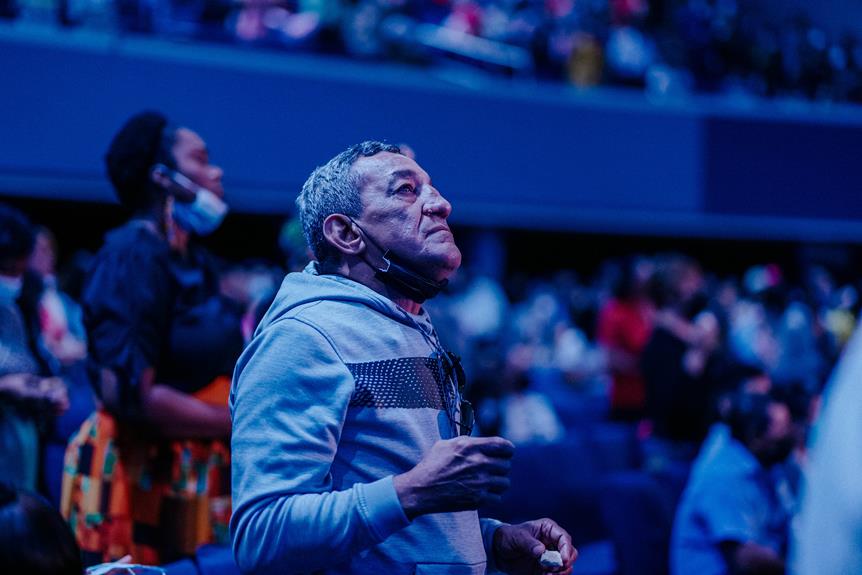A summit meeting is a crucial event where leaders from different nations come together to discuss pressing matters that require immediate attention. This gathering serves as a platform for high-level discussions, strategic decision-making, and fostering diplomatic relationships.
The outcomes of these meetings often have far-reaching implications on global affairs and can shape the course of international relations for years to come. Understanding the intricacies of summit meetings, including the planning, execution, and follow-up, is essential for comprehending the dynamics of modern diplomacy.
What is a summit meeting?
Summit meetings are high-level gatherings where leaders from different countries come together to discuss important issues and make decisions. These meetings provide a platform for heads of state or government to engage in direct dialogue, negotiate agreements, and address pressing global challenges. Typically, summits focus on specific topics such as security, trade, climate change, or international cooperation. The participants, who are often presidents, prime ministers, or other high-ranking officials, aim to find common ground, build relationships, and advance mutual interests during these gatherings.
One key aspect of summit meetings is the opportunity for leaders to engage in face-to-face discussions, which can be more productive and impactful than communication through intermediaries or diplomatic channels. The outcomes of these meetings can range from formal treaties and agreements to joint statements or action plans. Summits also serve as a means to showcase diplomatic skills, demonstrate leadership on the world stage, and strengthen bilateral or multilateral relationships between countries.
Planning and executing high-level summit meetings
Planning and executing high-level summit meetings require meticulous coordination and strategic foresight to ensure the smooth facilitation of discussions among top government officials from various nations. The process typically begins with extensive logistical planning to determine the location, timing, and agenda of the summit. Security measures must also be carefully considered to safeguard the participants and venue.
Moreover, diplomatic efforts are crucial in the lead-up to the summit to align goals, resolve potential conflicts, and set the stage for productive dialogue. This involves extensive communication between participating countries to ensure that each party's interests and concerns are taken into account.
On the day of the summit, detailed schedules and protocols must be adhered to strictly to maintain order and efficiency. Skilled interpreters and translators are often essential to facilitate communication between officials who may speak different languages.
Strategies for successful diplomatic engagements
Effective diplomatic engagements rely on strategic communication and mutual understanding to foster dialogue and cooperation among participating nations' officials. To ensure success, it is crucial to establish clear objectives and priorities before the summit meeting. This includes outlining key issues to be addressed, identifying common interests, and understanding potential areas of disagreement.
Another important strategy is to prioritize relationship-building and trust among the participating nations. This can be achieved through pre-summit meetings, informal discussions, and cultural exchanges to create a conducive atmosphere for open dialogue and collaboration.
Furthermore, effective communication channels must be established to facilitate discussions and negotiations during the summit. Clear and transparent communication helps in avoiding misunderstandings and ensures that all parties are on the same page regarding the goals and outcomes of the meeting.
Outcomes and follow-ups for summit meetings
Upon the conclusion of a summit meeting, it is imperative to establish clear outcomes and delineate a structured plan for follow-up actions to ensure the discussions and agreements made during the summit are effectively implemented.
- Joint Communique: Issuing a joint communique detailing the key points discussed and agreed upon during the summit helps in solidifying the decisions made and provides a reference point for future actions.
- Action Plan: Developing a detailed action plan that outlines specific steps, timelines, and responsibilities for each party involved is essential for translating summit agreements into tangible results.
- Monitoring Mechanism: Establishing a monitoring mechanism to track the progress of the agreed-upon actions and address any obstacles or delays that may arise during the implementation phase.
- Follow-Up Meetings: Scheduling follow-up meetings or progress reviews at regular intervals to assess the status of the action plan, address any emerging issues, and recalibrate strategies if needed to ensure the successful execution of summit outcomes.
Enhancing international relations through summit meetings
Strengthening diplomatic ties and fostering mutual understanding between nations, summit meetings serve as pivotal platforms for enhancing international relations and promoting cooperation on a global scale. These high-level gatherings provide world leaders with an opportunity to engage in face-to-face discussions, address pressing issues, and build trust among nations. By facilitating direct communication between key decision-makers, summit meetings help to defuse tensions, resolve conflicts, and establish common goals for the benefit of all parties involved.
Furthermore, summit meetings allow countries to explore areas of collaboration, negotiate trade agreements, and develop strategies to tackle shared challenges such as climate change, terrorism, and economic instability. Through these exchanges, nations can forge alliances, strengthen partnerships, and create a framework for ongoing dialogue and cooperation beyond the summit itself.
